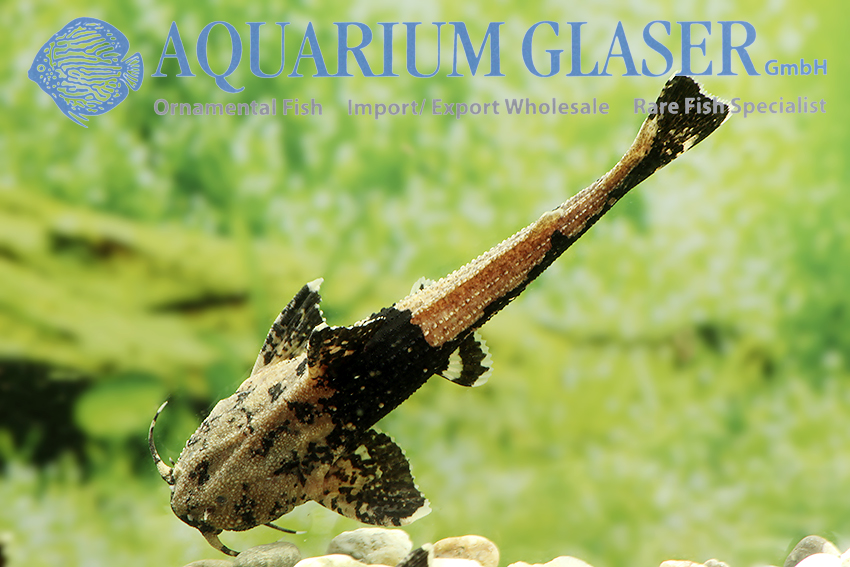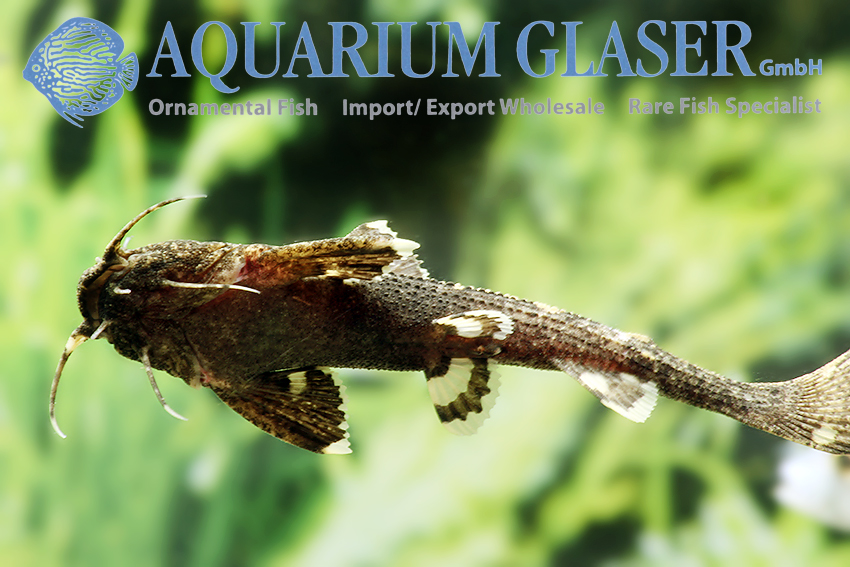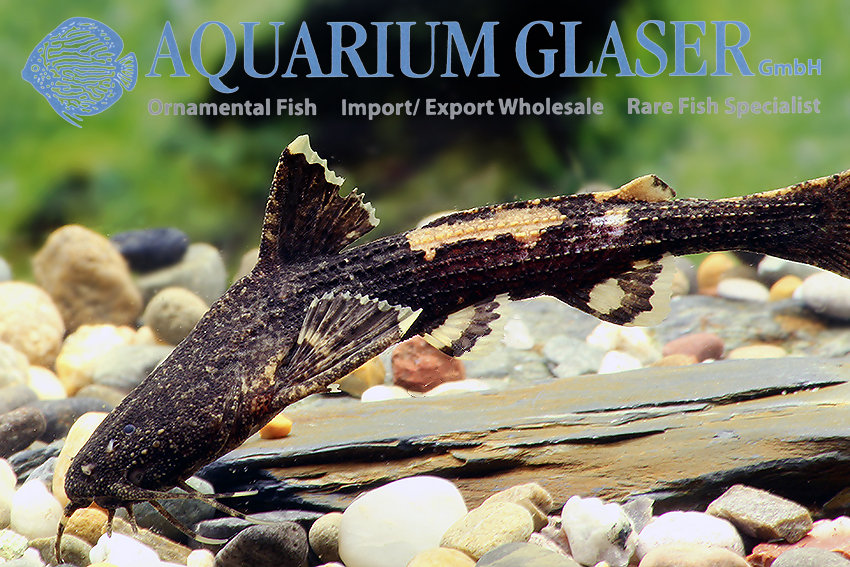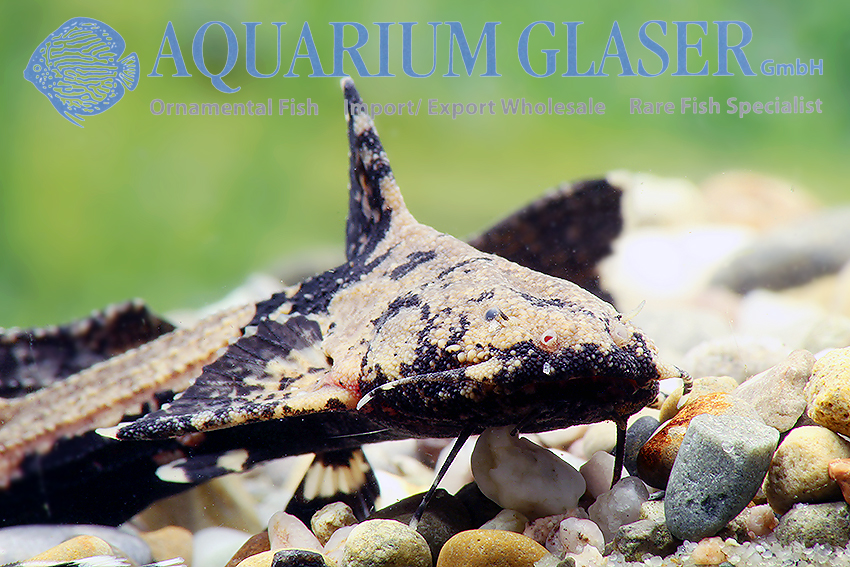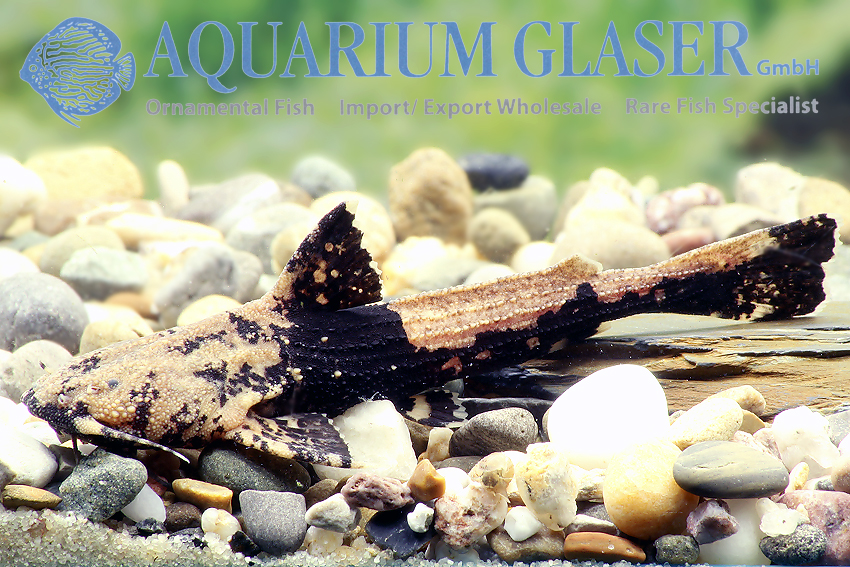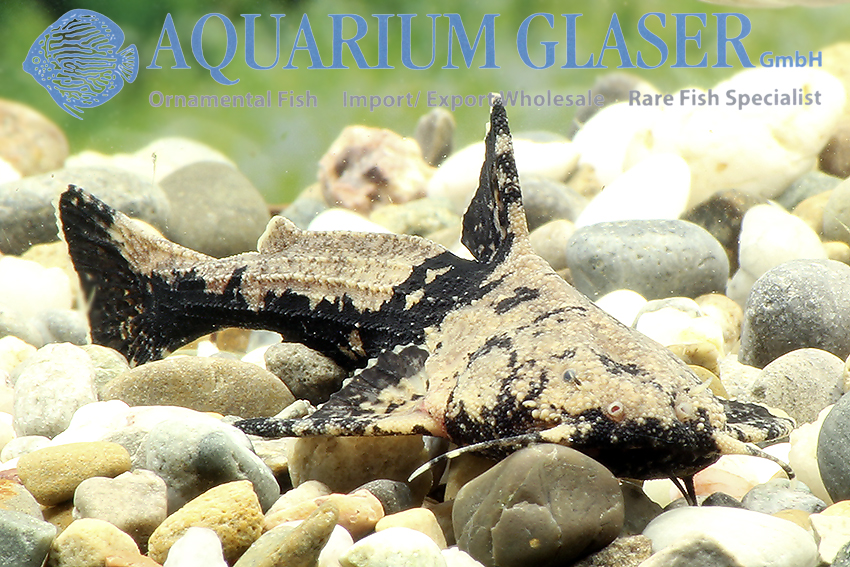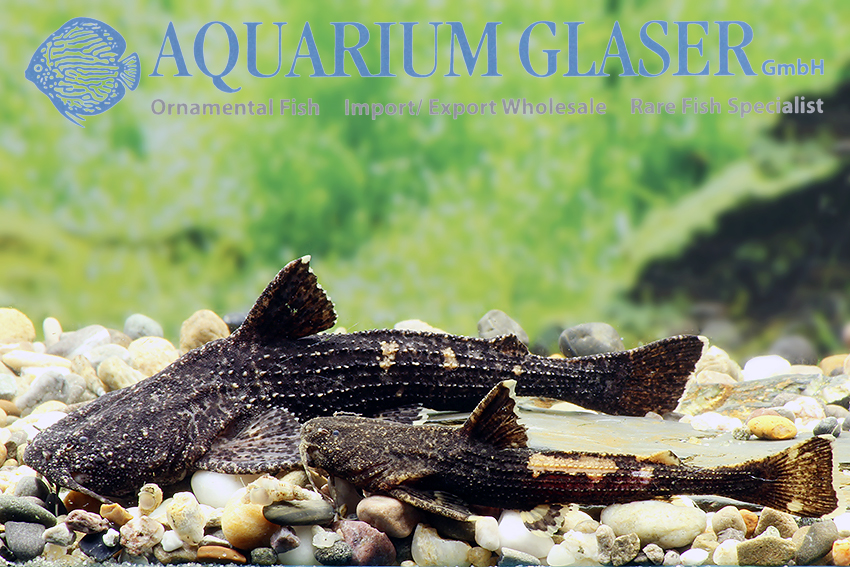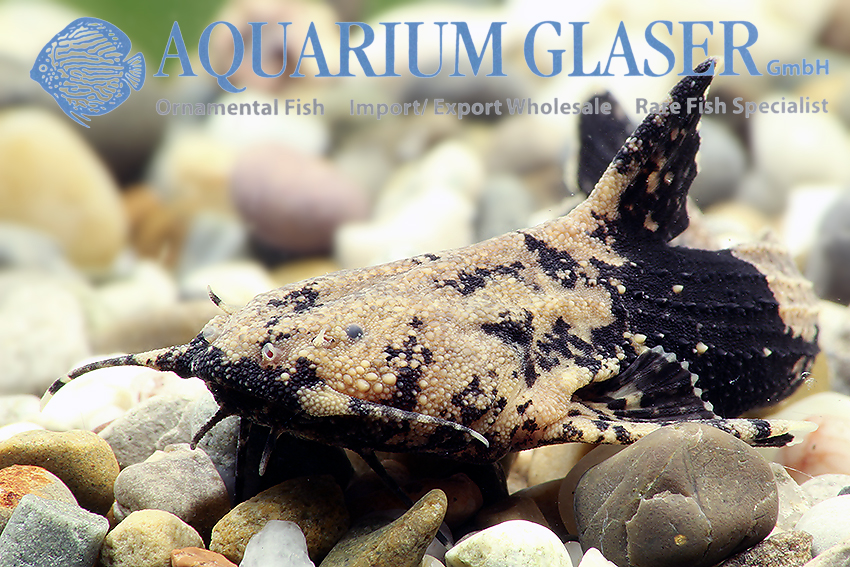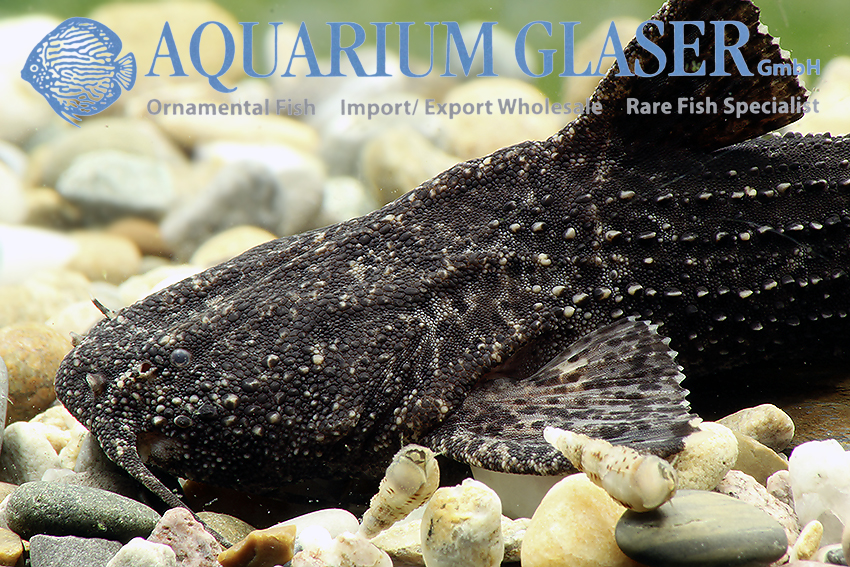If this catfish came from South America, then one would count it without question to the banjo catfish. But in reality, Acrochordonichthys rugosus comes from Southeast Asia, where it is widespread and science has known about it for a long time, but from where it is only rarely exported as an aquarium fish. A special feature of the fish is that it is polychromatism, i.e. there are many different patterns within the same population. This is neither a sexual characteristic nor a question of age, but simply individual. Since Acrochordonichthys rugosus has only small, barely functional eyes and is strictly nocturnal in nature and lives hidden in dead leaves in dark waters, it can be assumed that the colouring plays no role for the intraspecific communication of these fish.
In behaviour A. rugosus resembles the banjo catfish. Often the fish rest for hours and days at the same spot. If the keeper is then worried and pushes the animals to see if they are still alive, they show the same defensive behaviour as the banjo catfish do: they place the tail fin at the tip of the snout. The close relationship of the banjo catfish (Aspredinidae) and the moth catfish (Akysidae), to which A. rugosus belongs, is obvious, but South America and Southeast Asia have already separated 100 million years ago and in Africa in between there is no catfish known that is closely related to the two groups. Amazing!
When transporting A. rugosus one should be a little careful. Strongly stressed animals can secrete a milky secretion from a gland, which at least has a poisonous effect on some fish and can possibly be fatal in the comparatively small water volume of the transport bag. However, there is no observation of deaths in community aquariums in which A. rugosus is maintained. The secretion therefore probably serves to ward off predators.
For our customers: the animals have code 361822 on our stocklist. Please note that we only supply wholesalers.
Text & photos: Frank Schäfer





